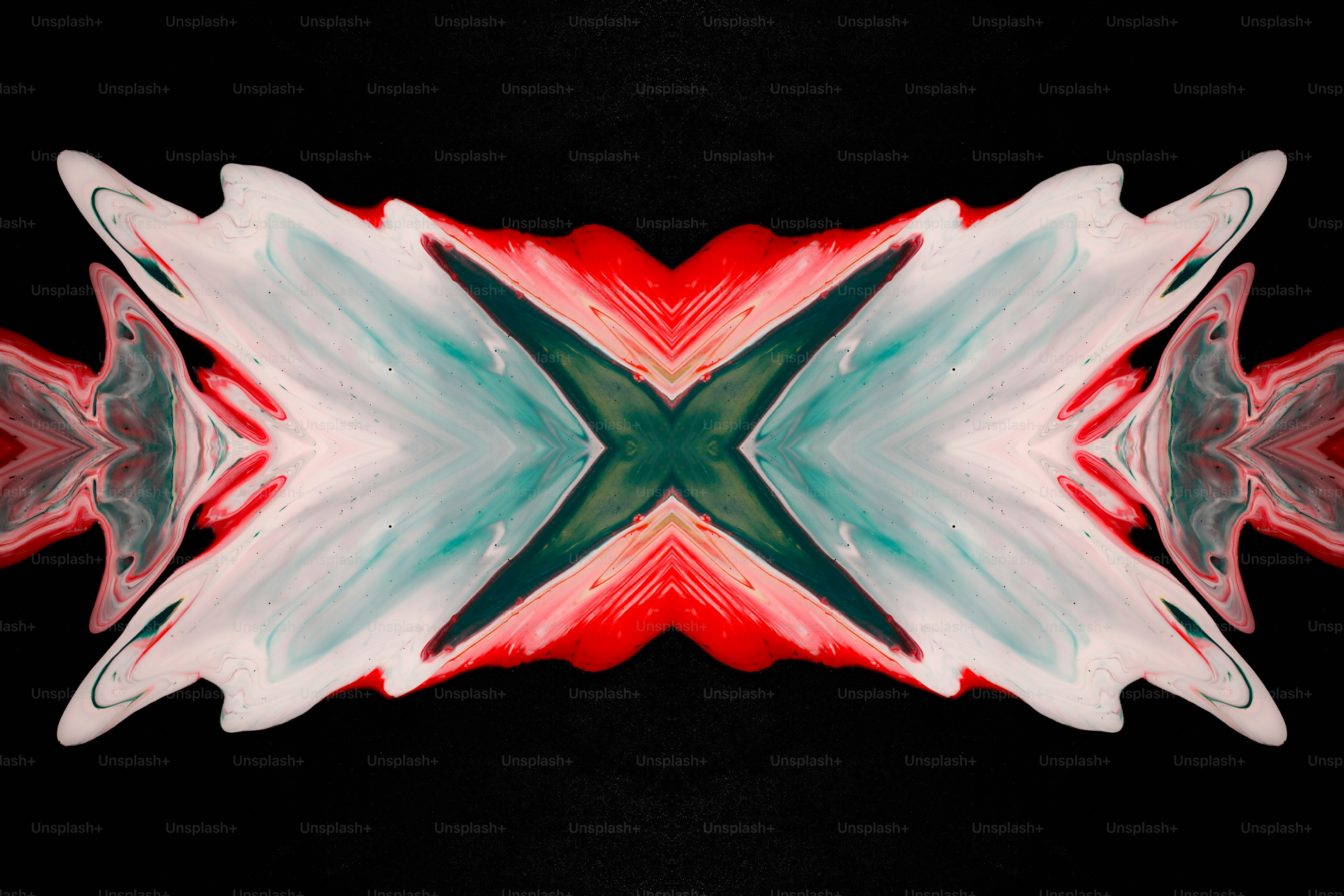多晶体设计的暗面:性能与成本的永恒抉择
在现代计算领域,多晶体(Chiplet)设计已经从最初的专用硅谷最大化技术,发展为当前推动高性能核心数增量的主流解决方案。AMD通过Ryzen和EPYC系列显式地推广了这一方法,但其背后隐藏着性能与成本之间的复杂平衡。
多晶体设计通过将复杂的逻辑功能划分为多个专用芯片(Chiplet),实现了在成本效益上的优化。然而,这种分割也带来了内部通信、功耗管理和热量控制等新的挑战,显著增加了设计复杂度。
随着技术进步,计算需求的增长使得多晶体设计成为行业标准,但其潜在风险逐渐显现。当核心数量急剧提升时,系统间的通信效率反而面临瓶颈,这种现象被称为’性能饱和’。
这导致芯片设计者需要在性能优化与成本控制之间做出艰难选择。一方面,更多核量带来更强的计算能力;另一方面,更高的核心数意味着更多的资源消耗,进而影响整体效率。
当前多晶体设计面临的挑战不仅影响技术发展,还对整个半导体行业产生深远影响。未来的芯片设计可能需要更加灵活的架构,或者找到在性能与成本之间实现更优平衡的方法。
Introduction
多晶体设计的暗面:性能与成本的永恒抉择及其在个人理财中的重要性
在现代科技中,**多晶体设计的暗面**是一个值得深入探讨的话题。暗面不仅影响芯片或电子元件的性能,还涉及到成本、可靠性和长期使用寿命等因素。这一特性直接关系到个人理财决策,因为它决定了如何在技术与经济之间找到平衡。
对于个人而言,这意味着需要对自己的需求和预算有清晰的理解。例如,当选择一种芯片设计时,性能优势可能伴随着更高的成本,而牺牲部分性能以降低成本又会怎样?这些都是在个人财务规划中必须权衡的关键因素。
Key Concepts: Exploring the Dark Side of Polycrystalline Design – Performance vs. Cost Trade-offs
多晶体设计的暗面:性能与成本的永恒抉择
Polycrystalline materials, composed of multiple crystallographic phases, are widely used in modern engineering and manufacturing due to their unique properties that often combine strength, durability, and cost-effectiveness. However, the design process for such materials is complex, as it involves balancing performance attributes like strength-to-weight ratio and corrosion resistance with production costs that can vary significantly based on scale and complexity.
多晶体材料,由多个晶体结构组成,在现代工程和制造中广泛应用,因其具有通常结合强度、耐久性和成本效益的独特性。然而,这些材料的设计过程复杂,需在性能属性如强度与重量比和抗腐蚀性之间与生产成本相平衡,而后者随着规模和复杂程度的变化而显著波动。
Practical Applications
多晶体设计的暗面:性能与成本的永恒抉择中的实际应用
In the field of photovoltaics, multi-crystalline solar panels have been widely adopted due to their efficiency and cost-effectiveness. The “dark side” of multi-crystalline design refers to certain structural properties that influence both performance and cost.
多晶硅光伏电池因其高效率和经济性被广泛采用。”暗面”则指某些结构特性,这些特性影响了性能与成本的平衡。
One practical application involves the use of multi-crystalline structures in solar panels to maximize energy output while minimizing material costs. This approach ensures that the design is both efficient and cost-optimized, making it suitable for large-scale deployments.
一个实际应用是利用多晶结构制造光伏电池,以最大化能源输出同时降低材料成本。这种方法确保了设计的高效和成本优化,使其适合大规模部署。
Another example is the application of multi-crystalline materials in displays and electronics, where their unique optical and electrical properties are utilized to enhance device performance. This highlights the importance of material science and engineering in achieving practical solutions.
另一个例子是多晶材料在显示屏和电子设备中的应用,其中其独特的光学和电气性质被利用以提高设备性能。这凸显了材料科学和工程在实现实际解决方案中的重要性。
Common Challenges
多晶体设计中的暗面:性能与成本的永恒抉择
Designing multi-crystalline structures presents common challenges in balancing performance and cost. While single-crystalline materials often offer superior performance, they are more expensive to produce. Engineers must carefully weigh these factors when selecting materials for specific applications.
多晶体结构的设计常面臨性能與成本之間的平衡问题。儘管单晶體材料通常在性能上有更高的出場,但其制作成本較為昂貴。在選擇適合特定應用的材料時,工程師需要仔加考慮這些因素。
One common misconception is the belief that higher costs necessarily translate to better performance. However, this overlooks the importance of material science and engineering in optimizing both aspects.
常見的誤解之一是高成本必然意味著更好的性能,但這一想法忽視了材料科學與工程的優化作用。
Additionally, the complexity of multi-crystalline designs can lead to challenges in achieving uniformity and reliability. Proper characterization and quality control are essential to address these issues effectively.
此外,多晶體設計的複雜性可能會導致均一性與可靠性方面的挑戰。因此,定義化和品質控制是有效應對這些問題的關鍵。
Best Practices for Multi-Crystal Design
多晶体设计的最佳实践
In multi-crystal designs, choosing the right material and crystal structure is critical to balancing performance and cost effectively. Engineers should focus on optimizing heat dissipation and electrical efficiency while minimizing material waste during manufacturing.
在多晶体设计中,选择合适的材料和晶体结构至关重要,以有效平衡性能与成本。工程师应优化散热和电气效率,同时减少制造过程中的材料浪费。
Another key practice is to leverage simulation tools for predicting thermal and mechanical stresses. This ensures that the design can withstand real-world conditions without compromising its integrity.
另一个关键实践是利用模拟工具预测热力学和机械应力。这样可以确保设计能够适应实际条件而不妨碍其完整性。
Finally, collaborating with experts and utilizing feedback from previous projects can significantly enhance the reliability and cost-effectiveness of the design.
最后,通过与专家合作并利用前项目的反馈,可以显著提高设计的可靠性和成本效率。
Conclusion: The Dark Side of Multicrystalline Design – Performance vs. Cost Trade-offs
中文标题:多晶体设计的暗面——性能与成本的永恒抉择
Multicrystalline designs continue to dominate the solar photovoltaic industry due to their balance between cost efficiency and performance. While these designs offer a cost-effective solution for utility-scale applications, they come with inherent limitations that must be carefully managed.
多晶体设计继续主导太阳能光伏行业,因为它们在成本效率和性能之间实现了平衡。尽管这些设计为大规模发电提供了一种经济有效的解决方案,但它们带来了必须小心管理的固有局限性。
Key challenges include the trade-off between performance and cost, as expanding晶圆厂 (wafer fabs) increases production costs while improving technology innovation can enhance performance capabilities. Additionally, evolving客户需求 (customer demands) and increasing制造工艺复杂度 (manufacturing process complexity) further complicate the balance.
关键挑战包括性能与成本之间的权衡,随着晶圆厂扩展,生产成本增加,而技术创新可以提升性能能力。此外,逐渐变化的客户需求和不断增加的制造工艺复杂度进一步加剧了平衡问题。
In conclusion, while multicrystalline designs offer a practical approach for many applications, their limitations highlight the need for continuous innovation and strategic planning to address performance-cost trade-offs effectively. Companies must carefully weigh these factors when making investment decisions.
总之,尽管多晶体设计为许多应用提供了实用的方法,但它们的局限性凸显了需要持续创新和战略规划来有效解决性能与成本之间的权衡。公司在做出投资决策时必须仔细权衡这些因素。

